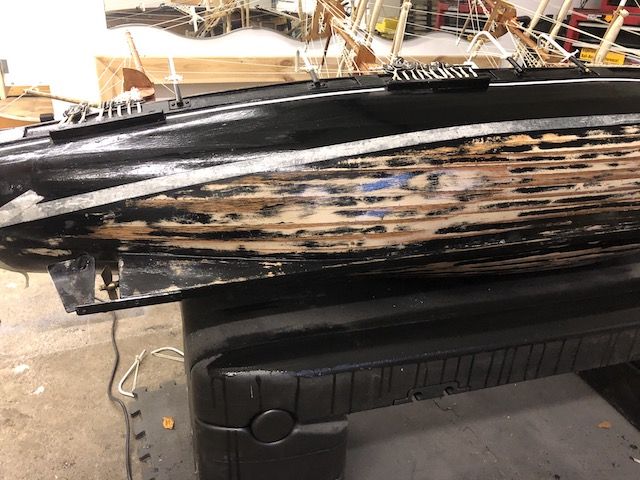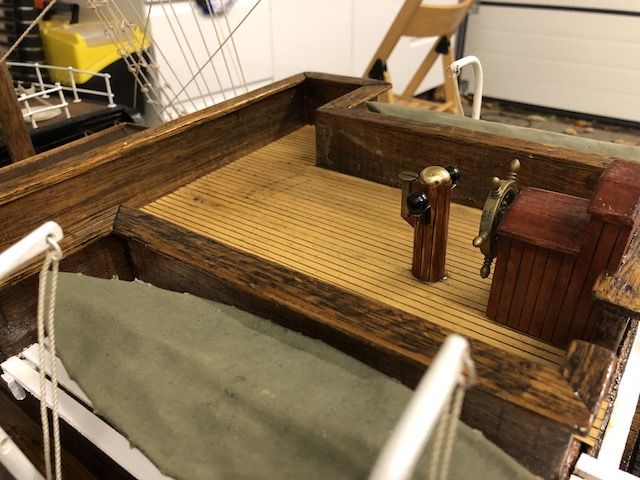Thanks to all who have responded. Much appreciated! So:
1) I will have to use cloth as well as resin on the hull exterior! I was hoping I could avoid this but probably always know it made sense. In terms of products/suppliers, what/who would people recommend? I have already ordered fibreglass resin and hardener from here but this may not be suitable? Also, what kind of cloth would you use? Sounds like Ezekote is the answer to the first question Ashley?
2) On the stability issue, I intend to use a lead acid battery but can get this right down into the bottom of the boat where I also have a fair bit of space for lead. I'm sure I will have more success now that I have flattened some old lead pipes as my original test was done using them in their "unflattened state" which obviously raised the C of G substantially! It sounds like a bit of trial and error after that to get the best results.
When it comes to securing the lead, I had thought of positioning the strips where they are required and then flooding the bottom of the boat with resin to hold these in place/further seal the keel area while leaving a suitable shaped space for the battery. Is there any reason not to do this – other than the weight it will add to the hull on a permanent basis – or is there a better way to secure the lead in place?
Again, sorry for all these simple questions but all assistance is very much appreciated.
…and Malcolm, you are correct, although fitted with sails I suspect it was always a model just for steaming! Frankly, I think you'd need to have a very large, very deep false keel if you wanted to show even the slightest bit of sail.









